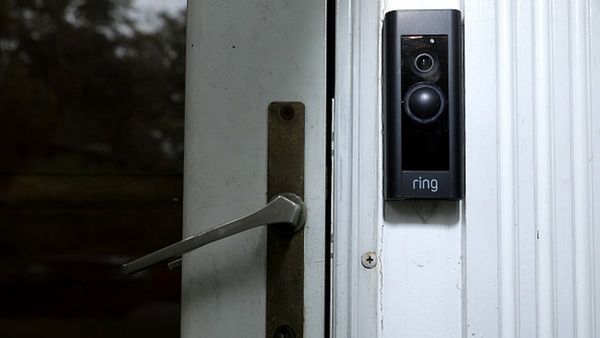
Formula 1’s controversy over racing guidelines could be quickly put to bed if tracks had a rethink about gravel traps, claim a number of leading drivers.
The debate over F1’s Driving Standards Guidelines has erupted since the United States Grand Prix when a battle between Max Verstappen and Lando Norris exposed flaws in the system.
In particular, a clear onus on handing the advantage in a corner to the driver that reaches the apex first has opened the door for behaviour where some are now easing off the brakes early to ensure their nose is ahead – even if it risks them going in too fast and running wide on the exit.
Following discussions between drivers and the FIA in Mexico last weekend, a meeting has been scheduled for the Qatar Grand Prix weekend to try to revise the guidelines and get rid of any clear grey areas.
However, there is an alternative school of thought that has emerged – which is that if tracks had more natural deterrents against anyone running wide, such as grass or gravel traps, then the problems of drivers squeezing each other out and risking going wide removes itself.
Seven-time world champion Lewis Hamilton suggested in Brazil that one of the biggest differences in dictating the aggression of racing these days, compared to when he started, was that tracks allowed drivers greater freedom to get things wrong.

“I think when I joined, we didn't have these big run-off areas, so when you first get in, you really had to build up to the limit,” he said. “You couldn't go beyond it, go off track and come back on.
“That's the thing I noticed the most when, around maybe Max's time or maybe just before, they started having these big run-off areas, where the younger drivers were able to come in and really abuse those areas and not put the car on the grass, for example.
“I think that gave them a real good cushion of bedding themselves into the sport and finding the limit as where, let's say, like from Fernando's time and before that, it was, you couldn't go beyond the limit. You're in the gravel.
“Pouhon, for example, Turn 10 in Spa, for example, there used to be grass right beyond the kerb and gravel, which was definitely worrying when you used to go into a corner like that.
“I would say that's been the biggest shift. It would be great to see the old school sort of way come back if possible. Gravel traps or something like that. Maybe not safe, but we'll see.”
Alpine’s Esteban Ocon said that, as someone who was not supportive of imposing too many rules on drivers, track limits were a critical factor in dictating how everyone behaved.
“I'm not a big fan of rules when it comes to the race itself,” he said. “It needs to stay safe, obviously that's the main thing, but I think the first issues are the track.
“If you put grass or gravel, things would be very different. We've seen a lot less overtakes around the outside in Turn 3 at the Red Bull Ring for example, compared with places with easy places to go off like Austin Turn 12. That is where the thought process is going to go now.”

Haas driver Kevin Magnussen felt that the current situation with the driver guidelines was 'pretty messy'.
“I think the FIA is aware of that and looking to make changes,” he said. “They can see that it isn't. It's not great at the moment. There's so much room to exploit these guidelines. They need to rethink it a little bit, go back to basics.”
And he concurred with his competitors that track design was a critical element to making improvements.
“The tracks make it incredibly hard because there's all this run-off and you don't even feel you go outside,” he said.
“Racing each other is too easy to just hang on to the outside. Then you try and have your front wing ahead at the apex, and again at the exit, and then try to make it look like you got pushed out.
“It's all like it's not real. You're trying to make it look certain ways rather than just trying to get past.
“I just think that's a shame, so gravel or something to deter on the outside of the track is going to help. And on those tracks I think they should just leave it to the drivers.
“Have a few rules like moving under braking and reacting to movement from the car behind. I think that's going to need to be there. But the big problem is the tracks.”







